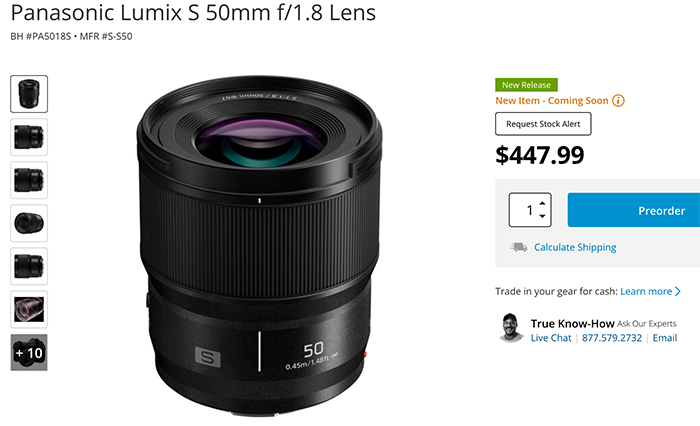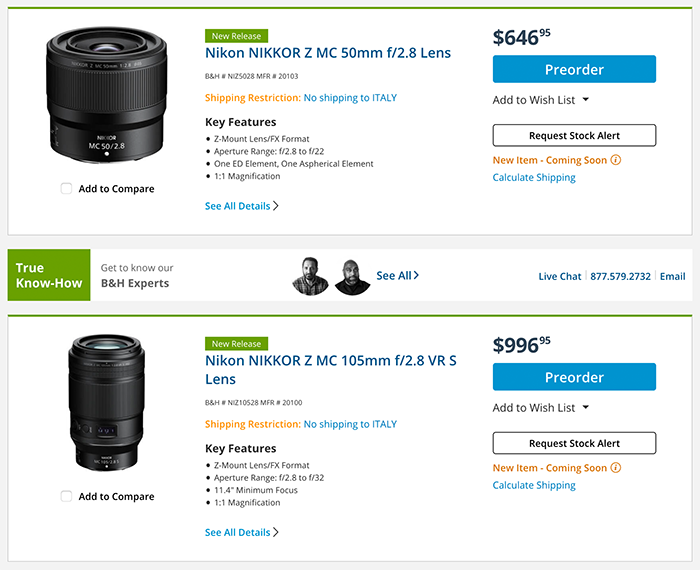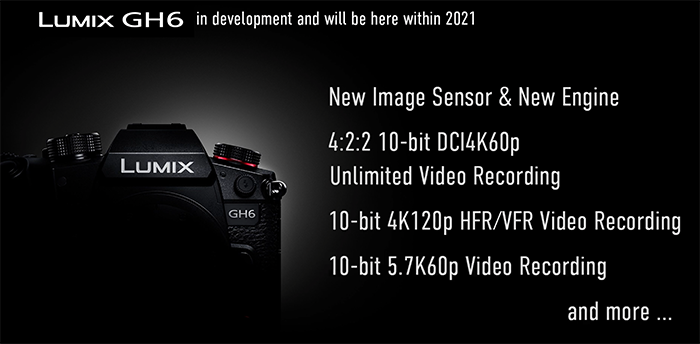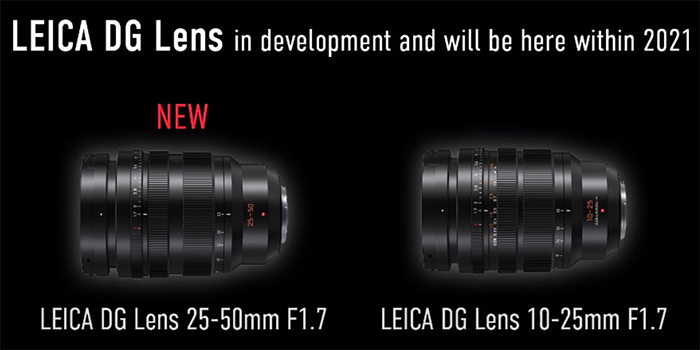Panasonic Lumix director displays the different goal for their MFT and FF systems
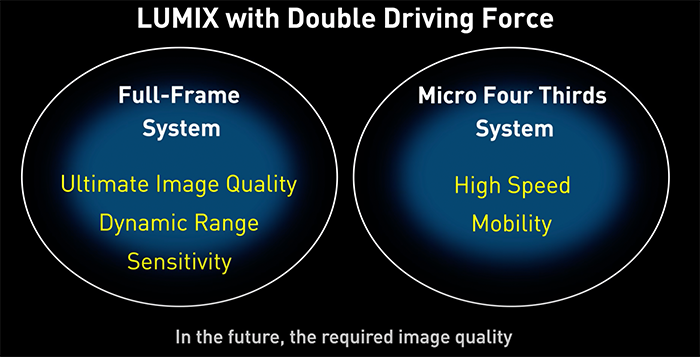
This is how he sees the difference between the Lumix FF and Lumix MFT system:
Japanese sales numbers in APRIL: Sony leads, Canon close and Fuji drops
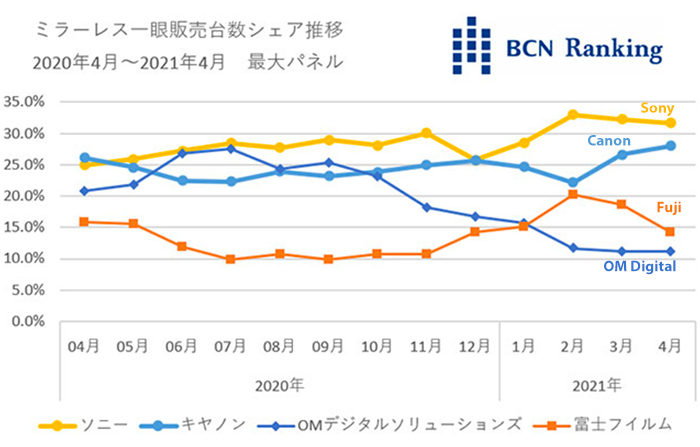
BCNranking reported the APRIL sales date in the mirrorless segment. Sony and Canon lead the pack while Fuji had a surprising drop. Still surprised to see Nikon not surpassing the OM Digital share tough!
Olympic postponement accelerated the push towards professional mirrorless sports camera development
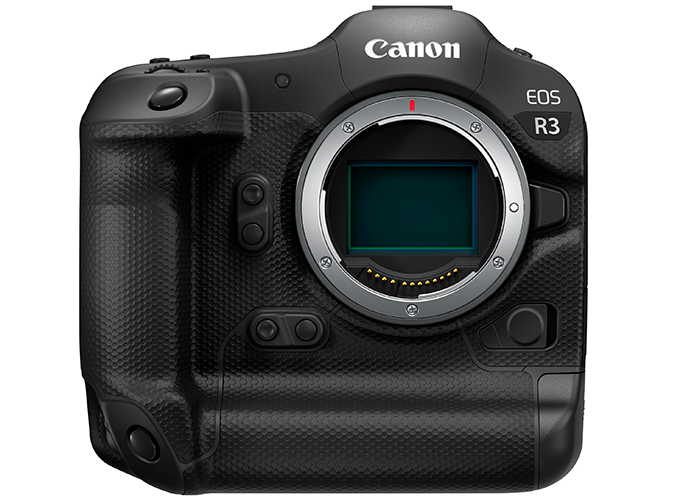
DankeiBZ talked to Canon-Nikon-Sony managers. All three companies basically share the same vision:
– Mirrorless cameras can now do everything that high end DSRL cameras were capable of doing
– The Olympic postponement accelerated the push to create mirrorless cameras for sports photographers
– “Nikon will proceed with product development for medium- and high-end models, and plans to release the corresponding super-telephoto lens.“
Darren Miles: Does SIZE Matter?!? Sensor Size Shootout! – M43 vs APS-C vs Full Frame vs. Medium Format
Darren write:
I always wanted to compare the same subject at the same field of view on multiple camera systems – well, I finally did it and I’m sharing with you. Does the size of the sensor matter? Or is the right camera in the skilled hands of a creative professional more important? I think you already know the answer, but the image quality results surprised me.
Canon patented these new RF lenses: 70mm f/2, 80mm f/1.8, 80mm f/2, 85mm f/2, 100mm f/2 and more
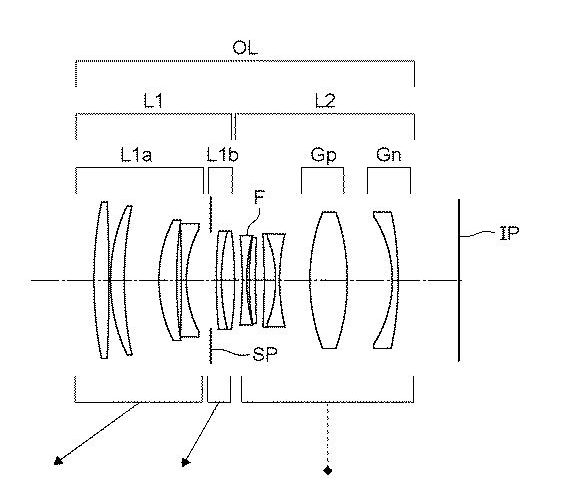
CanonWatch spotted these new RF lens patents:
Embodiment 1 – 80mm f/2
- FOCAL LENGTH: 82.45 mm
- F NUMBER: 2.06
- HALF ANGLE OF VIEW: 14.70
- IMAGE HEIGHT: 21.64 mm
- LENS LENGTH: 104.87 mm
- BF: 17.60 mm
Embodiment 2 – 80mm f/1.8
- FOCAL LENGTH: 82.48 mm
- F NUMBER: 1.86
- HALF ANGLE OF VIEW: 14.70
- IMAGE HEIGHT: 21.64 mm
- LENS LENGTH: 98.50 mm
- BF: 16.84 mm
Embodiment 3 – 82mm f/2
- FOCAL LENGTH: 82.50 mm
- F NUMBER: 2.06
- HALF ANGLE OF VIEW:14.69
- IMAGE HEIGHT: 21.64 mm
- LENS LENGTH: 102.08 mm
- BF: 14.92 mm
Embodiment 4 – 100mm f/2
- FOCAL LENGTH: 99.80 mm
- F NUMBER: 2.06
- HALF ANGLE OF VIEW: 12.23
- IMAGE HEIGHT: 21.64 mm
- LENS LENGTH: 118.38 mm
- BF: 21.99 mm
Embodiment 5 – 70mm f/2
- FOCAL LENGTH: 70.50 mm
- F NUMBER: 2.06
- HALF ANGLE OF VIEW: 17.06
- IMAGE HEIGHT: 21.64 mm
- LENS LENGTH: 94.86 mm
- BF: 17.89 mm
Embodiment 6 – 85mm f/2
- FOCAL LENGTH: 85.00 mm
- F NUMBER: 2.06
- HALF ANGLE OF VIEW: 14.28
- IMAGE HEIGHT: 21.64 mm
- LENS LENGTH: 100.82 mm
- BF: 16.76 mm
And on Hi Lows Note there are more:
RF 20mm
23mm F1.8
19mm F2.8
RF 28mm F1.4,
30mm F1.4
35mm F1.4
Damn is Canon patenting every kind of possible lenses!
